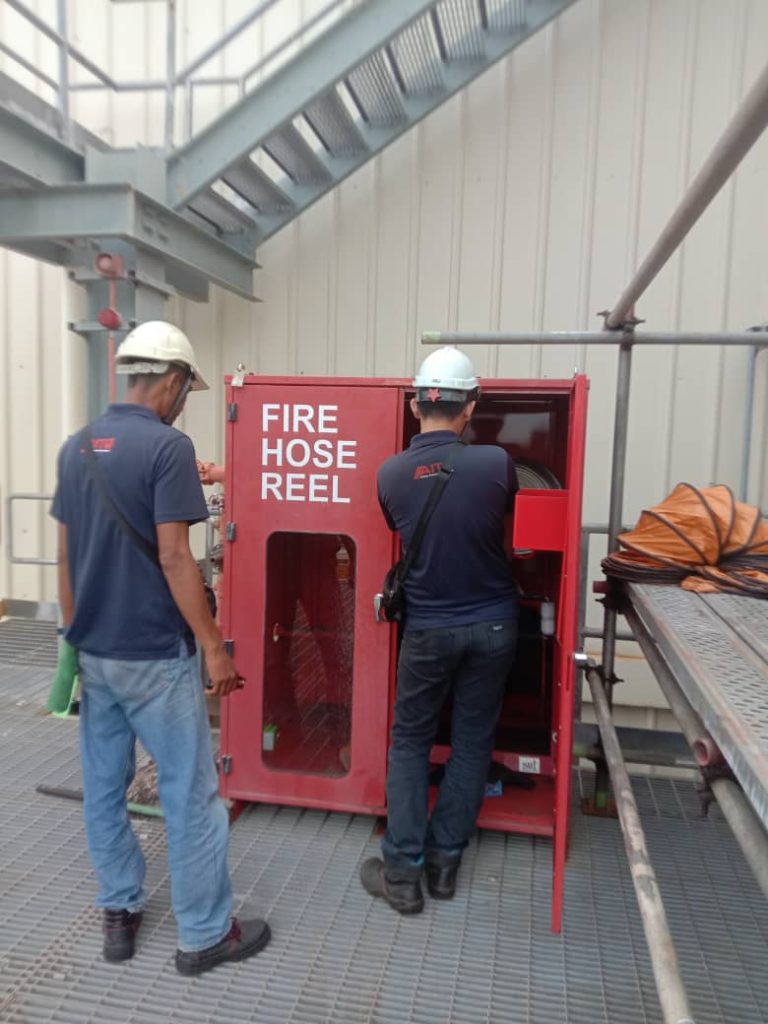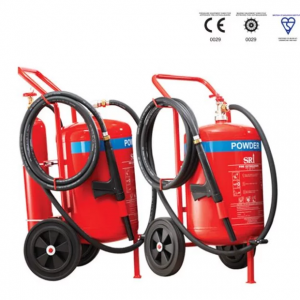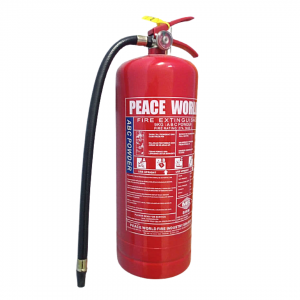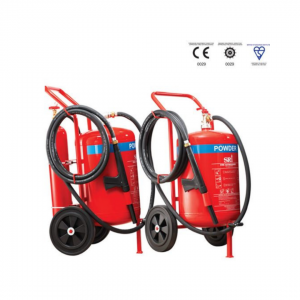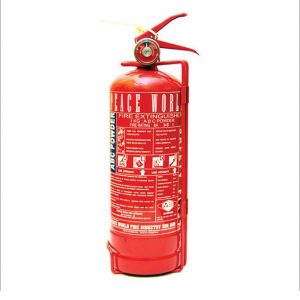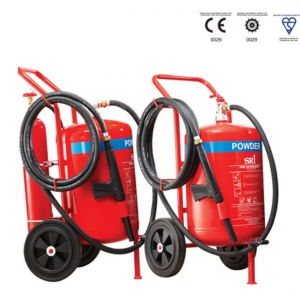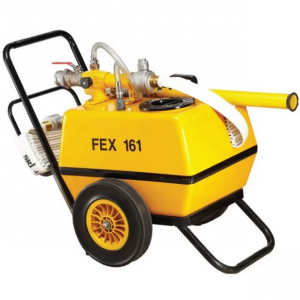Fire Cabinets for Fire Safety
The fire cabinet plays an essential role in ensuring fire safety, which is a critical aspect of building management. Fire cabinet are specially designed enclosures that house firefighting equipment, such as fire extinguishers, hoses, and other emergency tools. They play a vital role in both residential and commercial settings by providing quick and easy access to fire-fighting tools in case of an emergency. This article delves into the importance, types, and maintenance of fire cabinet.
Importance of Fire Cabinet
- Quick Access to Firefighting Equipment: During a fire, every second counts. Fire cabinet are strategically placed in easily accessible locations to ensure that firefighting equipment is readily available when needed. This rapid access can be crucial in controlling or extinguishing a fire before it spreads.
- Protection of Equipment: Firefighting tools need to be in good working condition at all times. Fire cabinet protect these tools from dust, moisture, and accidental damage, ensuring they are functional when an emergency arises.
- Compliance with Safety Regulations: Many local and national fire safety codes require the installation of fire cabinet in buildings. Compliance with these regulations not only ensures safety but also helps avoid legal penalties.
Types of Fire Cabinet
- Extinguisher Cabinets: These are designed to store fire extinguishers. They come in various sizes to accommodate different types and sizes of extinguishers. Some models feature clear glass doors for easy visibility and access.
- Hose Reel Cabinets: These cabinets house fire hoses and are typically larger. They provide a safe and accessible place for fire hoses, ensuring they are ready for use during a fire.
- Combination Cabinets: These versatile cabinets can store multiple types of firefighting equipment, including extinguishers, hoses, and other tools. They are ideal for areas where space is limited, but multiple types of equipment are necessary.
- Specialized Cabinets: In some settings, there may be a need for specialized fire cabinet, such as those designed to store flammable liquids, chemicals, or other hazardous materials. These cabinets are built to meet specific safety standards and regulations.
Maintenance and Inspection
Regular maintenance and inspection of fire cabinet are crucial to ensure their effectiveness in an emergency. Here are some key maintenance practices:
- Regular Inspections: Conduct monthly inspections to check the condition of the cabinet and the equipment stored inside. Ensure that the cabinet is clean, the door functions properly, and the equipment is in good condition.
- Refilling and Replacing Equipment: After any use or if the equipment is found to be defective during an inspection, it should be refilled or replaced immediately. This ensures that the cabinet is always ready for use.
- Clear Signage: Ensure that the fire cabinets is clearly marked with appropriate signage. This helps in quickly locating the cabinet during an emergency.
- Training: Regular training sessions for staff or residents on the proper use of the equipment stored in the fire cabinets can enhance preparedness and response during an actual fire event.
Conclusion
Fire cabinet are a critical component of any fire safety strategy. They ensure that essential firefighting tools are protected, accessible, and ready for use in an emergency. By understanding the importance of fire cabinets, choosing the right type for your needs, and maintaining them properly, you can significantly enhance the safety and preparedness of any building. Regular inspections, proper training, and adherence to safety regulations will ensure that these vital pieces of equipment perform effectively when they are needed the most.

